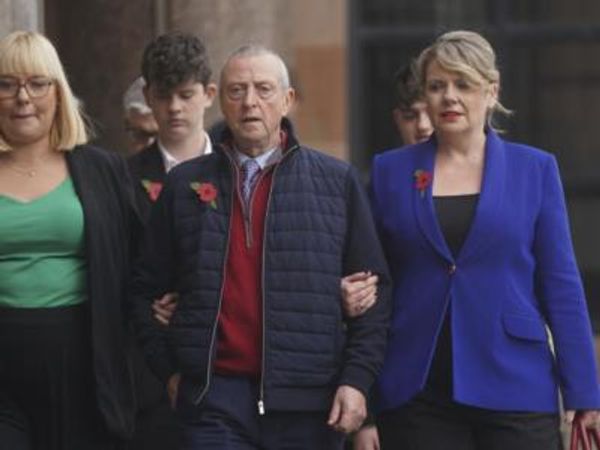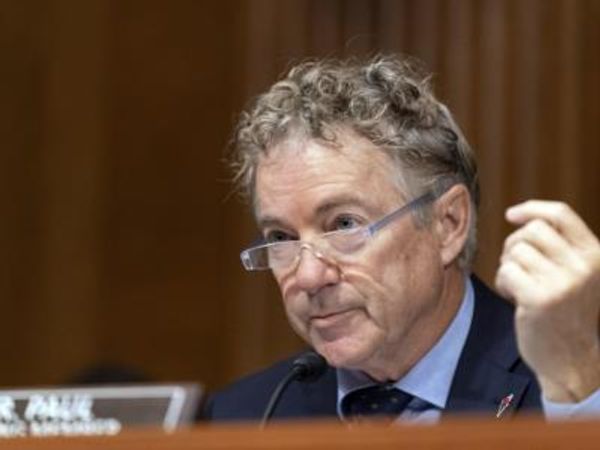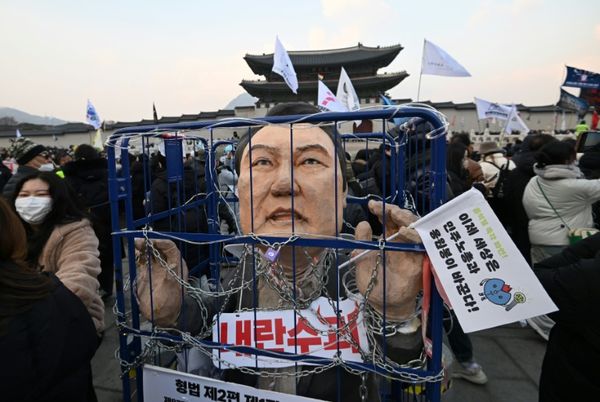
Australia’s Indigenous population is at or above levels estimated at the time of white settlement, as new Census data suggests it is likely to be approaching one million people.
Census data released on Tuesday showed a 25 per cent increase in Australia’s Indigenous population compared with five years prior.
The number of Indigenous people aged over 65 more than doubled.
Numbers suggest the growth is being driven by changes in the ways people think of or report being Indigenous, but one expert says the real change has been a breakdown in the categories statisticians use to define cultural concepts.
Dr Francis Markham, a human geographer at the ANU, recalculated Monday’s data using the bureau’s figures to estimate the number of Indigenous people it failed to survey on Census night.
He found Australia was on the cusp of a milestone.
“When the Census’ final estimate is published next year, the official Indigenous population estimate will be just shy of one million, or around 980,000 people,” he said.
“That means that Australia’s Indigenous population has doubled in 20 years – an extraordinary increase.”
Dr Markham said population estimates had been affected by a range of factors including people’s increasing propensity to identify as Aboriginal or Torres Strait Islander in the Census.
The official estimate would apply to the population as of June last year.
Myths and facts
Previously accepted historical estimates put the number of Indigenous people living in Australia at the time of white settlement at roughly between 700,000 to one million, but a more recent study has suggested the number might have been three times higher.

Professor Bronwyn Carlson, head of Indigenous studies at Macquarie University, says the ABS has sought to focus on the changing ways Indigenous people record their identities, likely fuelling a myth that people can falsely claim Indigenous heritage for a free ride.
Much of the recent increase, Professor Carlson says, probably reflects the process of statistical methods catching up with reality. She says yearly growth of a shade under 5 per cent has unjustifiably become an issue of concern.
“Everyone has had a panic attack,” she said. “No one’s taking over; it’s OK.”
She says the Census has fallen short of an aim of reflecting society by failing to reach so many Indigenous people and using definitions of identity based on a concept few recognise.
“The stats are never really indicative,” Professor Carlson said.
“For us, identity is about relationships … it’s about your family and community, kinship, kinship ties, all of those things.
“But when our kinship system has come under strain [in the contemporary world] and there are missing pieces, for many people it’s not so straightforward.”
Indigenous people were counted in the Census for the first time not much more than 50 years ago, in 1971.
Professor Carlson said people now felt safer declaring themselves to be Indigenous and that social institutions were now observing Indigenous culture, giving people a reference point outside the family home.
A changing picture
The most recent Census form included a new, easily ticked check box on a question about ethnic background to signal having Aboriginal heritage – an answer that could only previously be handwritten and without a prompt.
The number of Australians claiming Indigenous ancestry between the surveys rose by nearly 600,000.
A study of the previous Census found that urban parts of Queensland and New South Wales were projected to account for more than half of the future growth in the Indigenous population driven by changing identities.
Dr Markham said previous Census data showed that changing classifications and self-definitions were in turn changing the official statistical picture of who Indigenous people were, a trend he said policymakers would have to account for.
“It’s quite joyous to think that our numbers are growing,” Professor Carlson said.
“We’re almost at the number that was here before the British arrived – it only took 230-odd years.
“I would just like more nuance in the way in which we are counted.”







